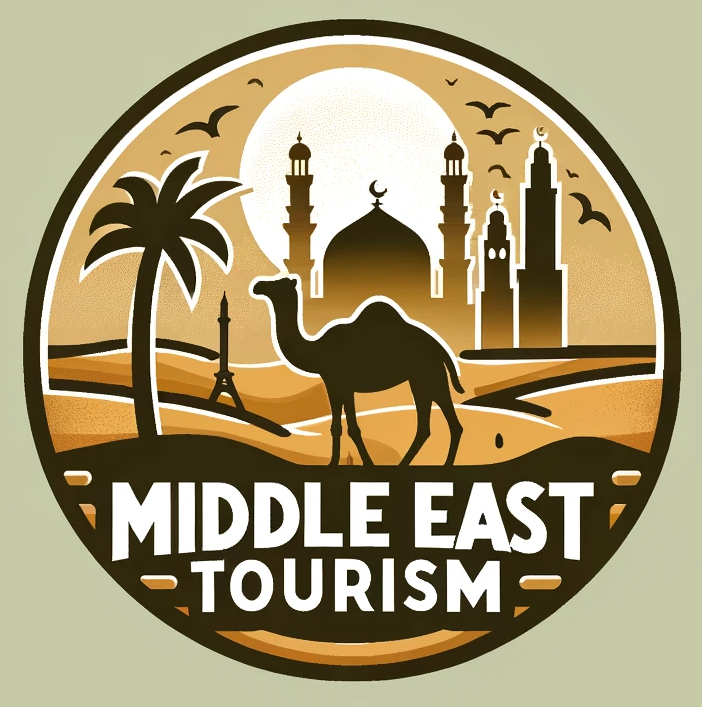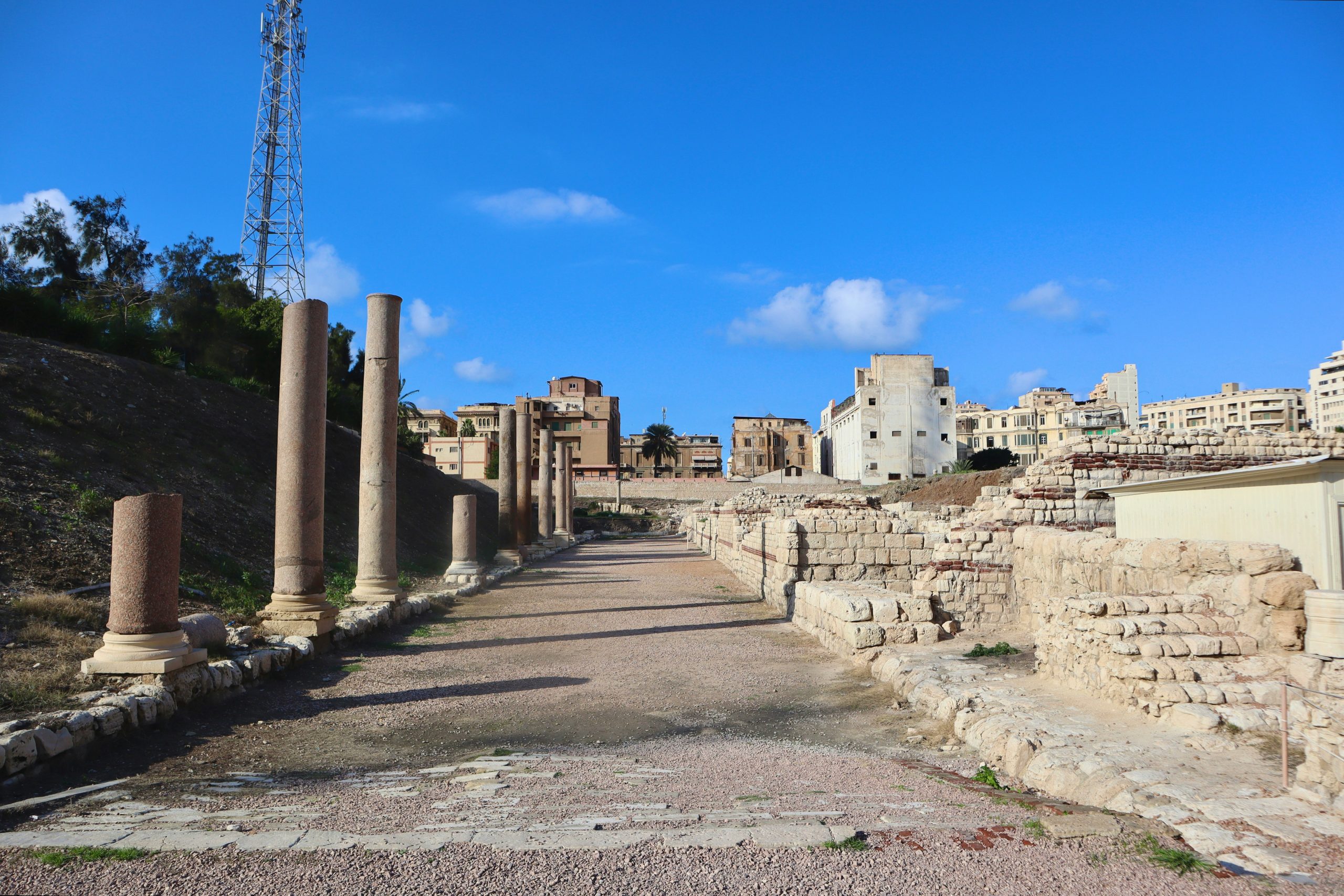Discover the captivating allure of the Middle East’s historical sites! Join us on a journey through time to explore the riches and wonders of this culturally vibrant region. Are you ready to uncover the treasures that make the historical sites of the Middle East truly worth visiting? Let’s dive in!
Exploring the Rich History
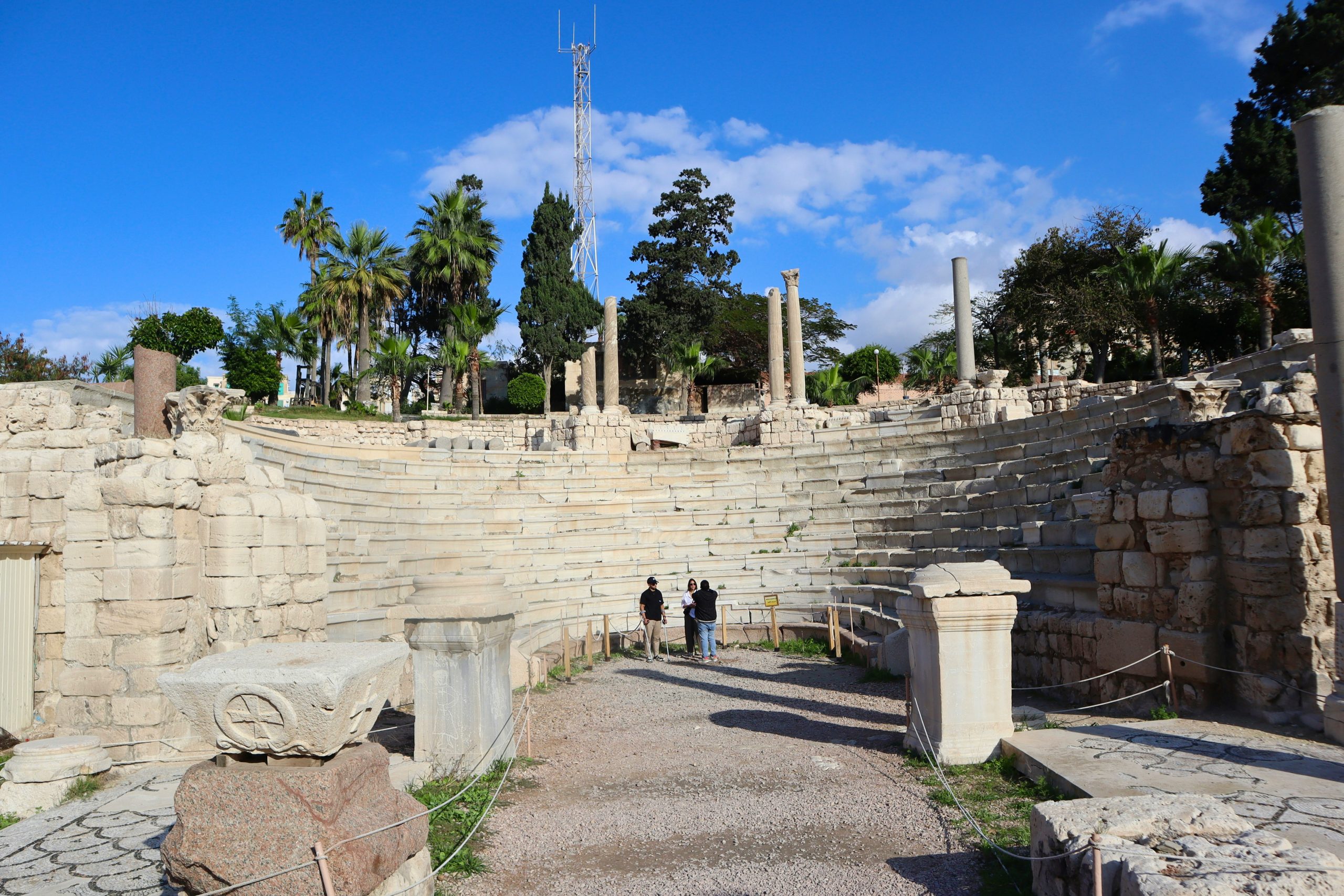
Exploring the Rich History of Historical Sites in the Middle East
The Middle East is a region steeped in history, with a wealth of historical sites that offer a glimpse into its fascinating past. From ancient ruins to medieval fortresses, the Middle East is a treasure trove for history enthusiasts looking to delve into the rich tapestry of cultures that have shaped the region over millennia.
Discovering Ancient Ruins
– Jerusalem: Explore the Old City and its iconic sites such as the Western Wall and the Church of the Holy Sepulchre.
– Petra, Jordan: Marvel at the stunning rock-cut architecture of this ancient Nabatean city, a UNESCO World Heritage Site.
– Persepolis, Iran: Step back in time to the glory days of the Achaemenid Empire at this impressive archaeological site.
– Ephesus, Turkey: Wander through the well-preserved ruins of this ancient Greek city, including the Library of Celsus and the Temple of Artemis.
Uncovering Medieval Fortresses
– Krak des Chevaliers, Syria: Visit one of the best-preserved medieval castles in the world, a formidable Crusader fortress.
– Citadel of Salah ad-Din, Egypt: Explore this historic citadel overlooking Cairo, with panoramic views of the city below.
– Kerak Castle, Jordan: Climb the ramparts of this imposing fortress, which played a key role in the Crusades.
Experiencing Cultural Heritage
– Istanbul, Turkey: Immerse yourself in the melting pot of cultures at the crossroads of Europe and Asia, with iconic landmarks like the Hagia Sophia and the Blue Mosque.
– Marrakech, Morocco: Lose yourself in the labyrinthine streets of the Medina, where vibrant souks and historic palaces await.
– Isfahan, Iran: Admire the stunning Islamic architecture of this ancient city, including the Imam Mosque and the Ali Qapu Palace.
Reflecting on Spiritual Sites
– Mecca, Saudi Arabia: The holiest city in Islam, Mecca is a pilgrimage site for millions of Muslims each year.
– Bethlehem, Palestinian Territories: Visit the birthplace of Jesus and explore religious sites such as the Church of the Nativity.
– Mount Sinai, Egypt: Climb the sacred mountain where Moses is said to have received the Ten Commandments.
Preserving the Past for Future Generations
The Middle East is not only a region of ancient history but also a place where efforts are being made to preserve and protect these invaluable historical sites for future generations to appreciate and learn from. Conservation projects and UNESCO World Heritage listings play a crucial role in safeguarding these sites and ensuring their cultural significance endures for years to come.
Exploring the historical sites of the Middle East is a unique and enriching experience that offers a deep dive into the region’s rich and diverse history. From ancient ruins to medieval fortresses, cultural heritage sites to spiritual landmarks, the Middle East is a treasure trove waiting to be discovered and savored. Plan your next adventure to this historically rich region and immerse yourself in the stories of civilizations past.
Significance of Ancient Landmarks
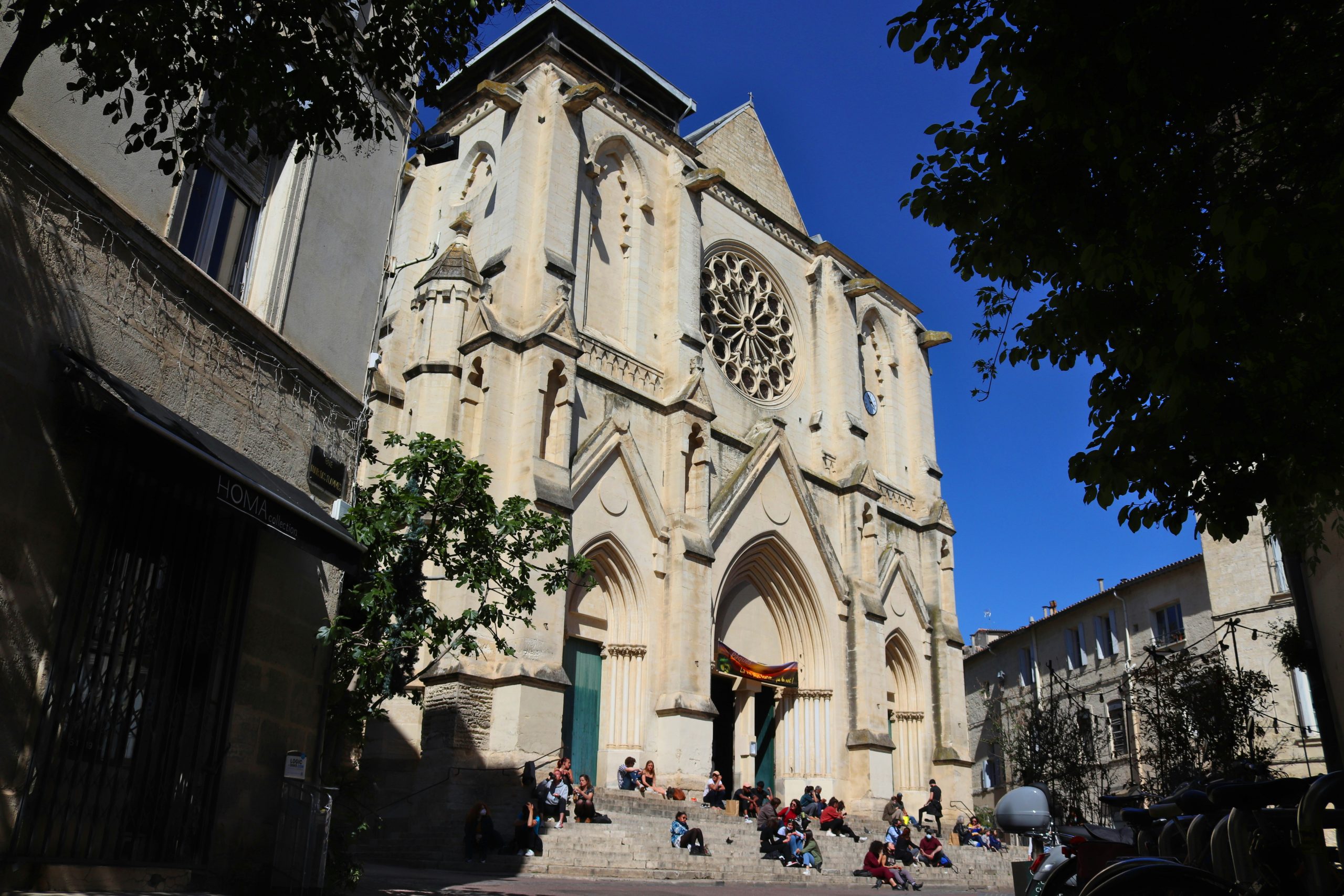
Exploring the historical sites of the Middle East is a journey back in time, where ancient landmarks stand as testaments to the rich and diverse history of the region. These sites not only serve as reminders of the past but also hold immense cultural and archaeological significance, attracting travelers and researchers from around the world.
heritage in peril: archaeological destructions
The Middle East, known for its wealth of archaeological treasures, unfortunately, has also witnessed heartbreaking acts of destruction over the years. From the Taliban’s impact on historical sites in Afghanistan to ISIS’s targeted attacks on heritage sites, the region’s ancient landmarks have faced significant threats.
preserving the past: rebuilding destroyed sites
As the world grapples with the loss of irreplaceable historical sites, the question arises: do we need to rebuild what has been destroyed by terrorism? The debate surrounding the restoration of these ancient landmarks highlights the importance of preserving our shared cultural heritage for future generations.
international recognition: world heritage sites
On a brighter note, recent developments have seen Lebanon and Yemen’s historical landmarks added to the prestigious World Heritage List. This recognition not only celebrates the significance of these sites but also underscores the need to protect and preserve them for posterity.
from past to present: historic and modern architecture
One fascinating aspect of the Middle East is the juxtaposition of historic and modern architecture, where ancient landmarks coexist with contemporary structures. This seamless blend of old and new creates a unique cultural landscape that is both awe-inspiring and thought-provoking.
lessons from the past: the importance of historical sites
Despite the challenges and threats faced by historical sites in the Middle East, their significance cannot be overstated. These ancient landmarks hold valuable lessons about our shared history, cultural identity, and the need to safeguard our heritage for the generations to come.
In conclusion, the historical sites of the Middle East are not merely relics of the past but living testaments to the resilience and enduring legacy of the region’s rich history. By recognizing the significance of these ancient landmarks and taking steps to preserve and protect them, we can ensure that their stories continue to inspire and enlighten us for years to come.
Preserving Cultural Heritage
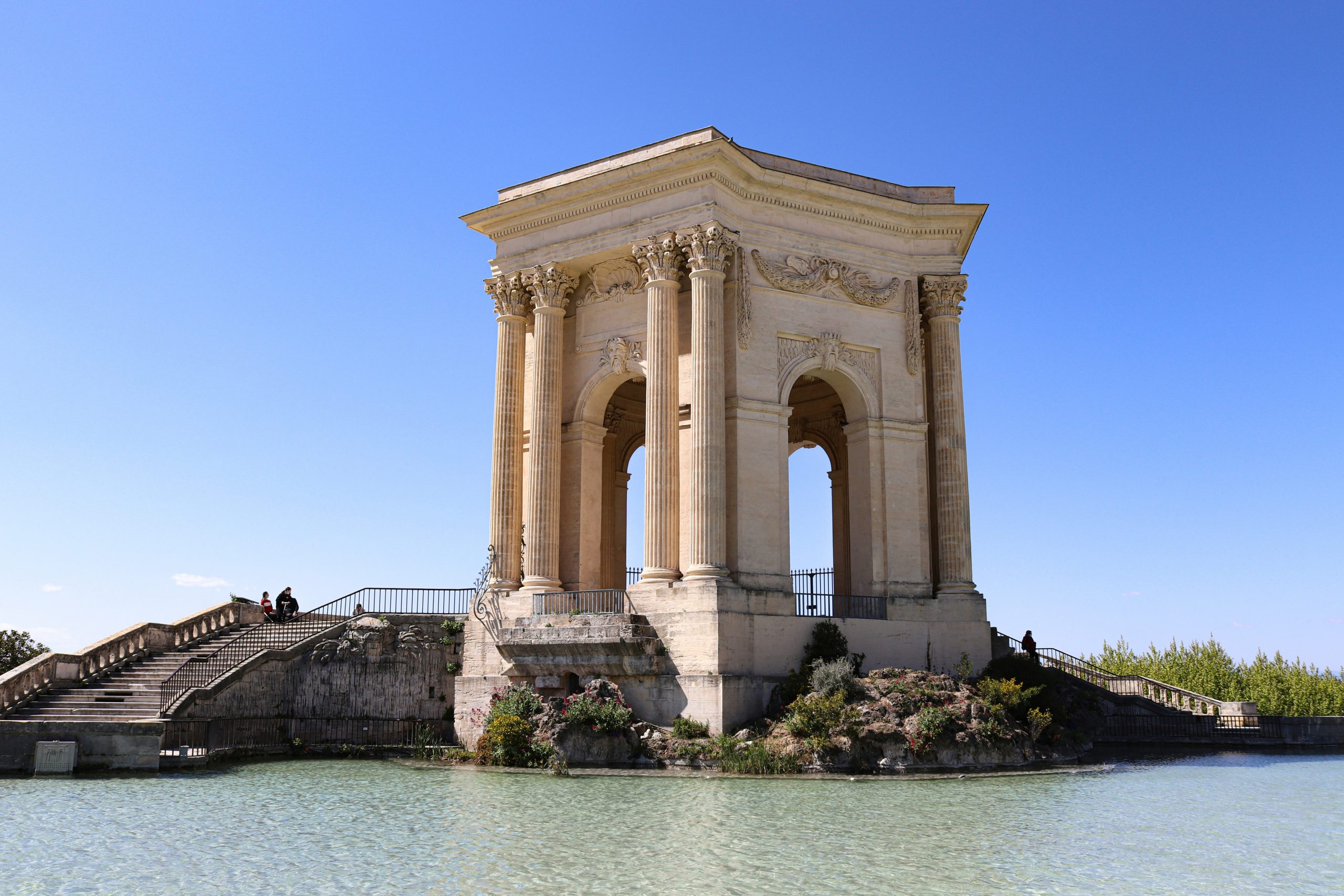
The Middle East is a region rich in history and cultural heritage, with a tapestry of ancient civilizations that have left their mark on the landscape. From the towering pyramids of Egypt to the ancient ruins of Petra in Jordan, the Middle East is home to some of the most iconic historical sites in the world. Preserving this cultural heritage is vital not only for future generations but also for fostering a sense of identity and belonging among the local communities.
protecting cultural heritage
Preserving cultural heritage in the Middle East is a multifaceted endeavor that requires the collaboration of governments, local communities, and international organizations. The UNESCO World Heritage sites play a crucial role in safeguarding these historical treasures, ensuring that they are protected and maintained for years to come. Initiatives such as the National Historic Preservation Act and projects like the Texas A&M-Led Humanities Project demonstrate the commitment to preserving cultural heritage in the region.
success stories
Several success stories showcase the effectiveness of efforts to preserve cultural heritage in the Middle East. The preservation of the history of Syriac Christianity, the conservation of the Cultural Landscape and Archaeological Remains of the Bamiyan Valley, and the exploration of the world’s first 12 heritage sites are all testaments to the dedication and passion of those involved in safeguarding these valuable historical sites.
world heritage sites and museums
World Heritage sites and museums play a significant role in promoting sustainable development in the Middle East. By attracting tourists and fostering a sense of pride among local communities, these sites contribute to the economic growth and cultural vibrancy of the region. The pact for sustainable development ensures that these sites are not only preserved but also leveraged for the benefit of all stakeholders.
cultural heritage for inclusive growth
Preserving cultural heritage goes beyond just conservation; it serves as a catalyst for change and inclusive growth. By embracing and celebrating their rich history, communities in the Middle East can create opportunities for economic development, social cohesion, and sustainable tourism. These historic towns in New South Wales are a prime example of how cultural heritage can be harnessed to drive prosperity and cultural exchange.
In conclusion, the preservation of cultural heritage in the Middle East is a shared responsibility that requires dedication, collaboration, and innovation. By exploring and safeguarding these historical sites, we not only honor the legacy of the past but also lay the foundation for a more connected and vibrant future.
